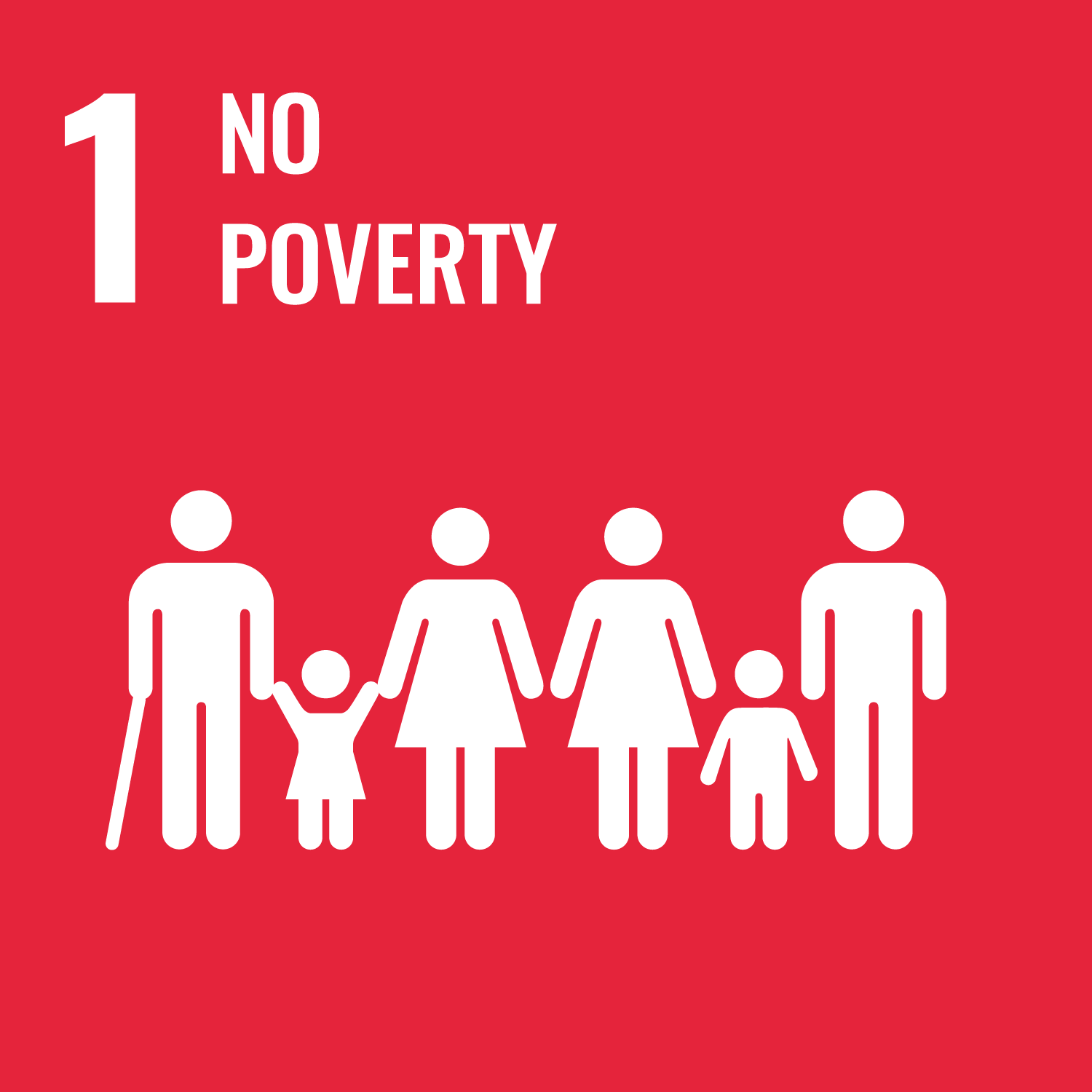
Believe and achieve
You’ll need
- Coloured pens or pencils
- Permanent markers
- Craft materials (for example, tissue paper, pipe cleaners, stickers)
- Paint
- Paint brushes
Before you begin
- Remind yourself of everything people have done for their project: how did they identify the need, plan action, and take action?
- If you have resources people made, or photos and videos of them taking action, bring them to show everyone.
- Write the questions to ask on six pieces of paper and display them around your meeting space.
Remember, remember
- The person leading the activity should help everyone remember the main details about their project so far. They should use any resources, photos, or videos to help jog people’s memories.
- Everyone should move around the room, visiting each of the six pieces of paper. They should think about each question, chat with their friends, then jot down their ideas. It’s especially important to write down the answers to the final question.
- Everyone should share their ideas.
Believe and achieve
- Everyone should think about what they knew about homelessness before starting their project. What do they know about homelessness now?
- Everyone should come together and share their thoughts. Someone could jot down notes if they want to.
- Everyone should think of a statement about homelessness they believe and are passionate about sharing. They could choose something they’ve learned, something they’d like to tell others about homelessness, or their hopes for ending homelessness.
- Everyone should decide how they’ll bring their statement to life. Depending on the time and resources they have, they could create a piece of art, a song, a video, a sculpture, or a flag.
- Once everyone’s created their masterpieces, they should share them with the group. Why did they choose that way of sharing their belief?
- Everyone should think about what they could do next to share what they believe and help make it happen.
- What theme did we explore?
- What did we do?
- Why did we do it?
- How did it make you feel? What skills did you develop?
- How did the project make a difference for people or the environment?
- What could we do now? How could we achieve the next stage of our badge?
- What did you think about homelessness before this project?
- Do you think differently about homelessness (and people experiencing homelessness) now?
- What have you learned by taking action?
Who did you speak to and what did they say? - How did it feel to have conversations about the issue?
What are the solutions to homelessness? - What will you do next to help end homelessness?

This activity helps contribute towards some of the UN's Sustainable Development Goals. Find out more about the SDGs, and how Scouts across the world are getting involved.





Reflection
This activity was about helping your community and being a citizen. How do people feel about the action they took? What was their favourite part of their project so far? What do they think made the most difference for others in their community?
Part of being a citizen is staying active and engaged. How did everyone decide what to do next? What more can be done to help end homelessness? Do people think that others believe it’s achievable? If not, how could they help them see a different perspective?
Safety
All activities must be safely managed. You must complete a thorough risk assessment and take appropriate steps to reduce risk. Use the safety checklist to help you plan and risk assess your activity. Always get approval for the activity, and have suitable supervision and an InTouch process.
- Depending on your group, it may be useful to have an adult at each sheet of paper to help people write down their ideas.
- You could make individual or group pledges to commit to what you’ll do to help end homelessness.
- People can record their thoughts on the big sheets of paper in whatever way works for them, including drawing and writing ideas down.
- Discussing homelessness may be difficult for young people who have experienced homelessness or have connections to it through other people. Make sure they know you’ll be covering the topic, and check what you can do to make it easier. This may involve avoiding specific scenarios or making sure there’s a space for them to take a break. Make sure people’s communication is respectful and supportive.
All Scout activities should be inclusive and accessible.
Why not share your creations further? You could show another group, the local community, or even a decision maker like an MP.

